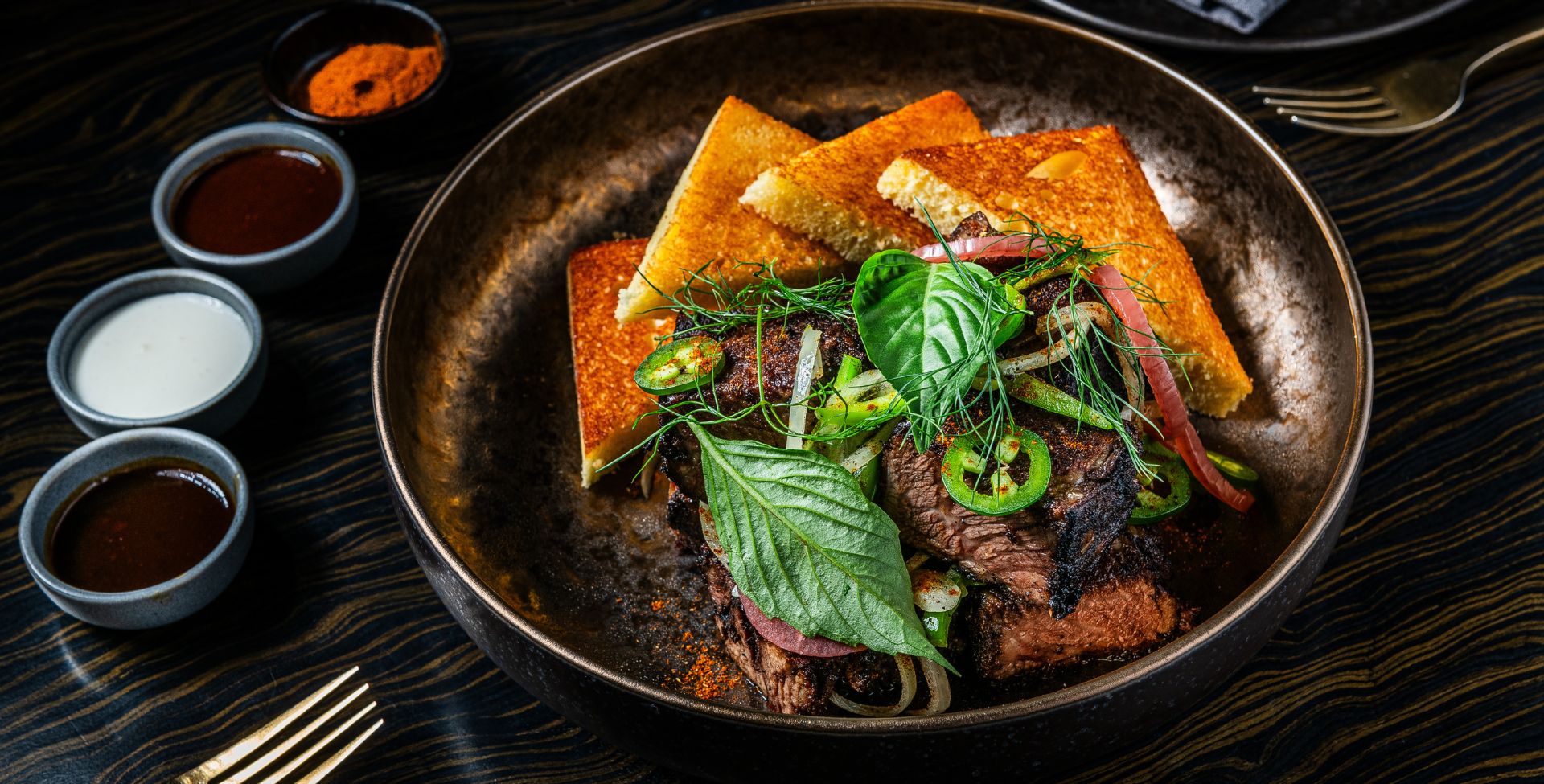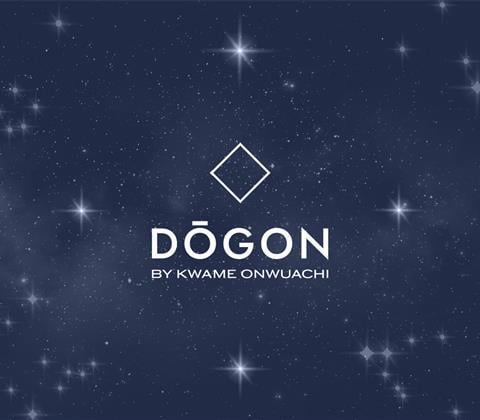James Beard Award-Winning Chef, Restaurateur & Author
Kwame Onwuachi

To honor to the date Washington, D.C. was officially named back in 1791, Dōgon opened on Monday, September 9 as part of its commitment to highlight the district, its history, and culture.
Chef Kwame Onwuachi is no stranger to pushing boundaries, but at his new Washington, D.C. restaurant, he honors them and the West African lineage that helped draw the borders of the District of Columbia. Dōgon by Kwame Onwuachi sits along the revitalized Southwest waterfront in Salamander Washington DC, and the acclaimed chef returns to the nation’s capital with a concept inspired by DC Surveyor Benjamin Banneker and his heritage to the West African Dogon tribe. Pronounced “Doh-gon,” the restaurant serves vibrant cuisine through an Afro-Caribbean lens and draws from Onwuachi’s unique Nigerian, Jamaican, Trinidadian and Creole background.
JOIN OUR LIST FOR EXCLUSIVE NEWS
Tuesday - Saturday
Dinner
5:00 pm - 10:00 pm
Grab a seat at our table and reignite your culinary career at Dōgon DC. If you're a talented culinary professional who is passionate about breaking the mold to deliver unique and unforgettable experiences, we’d love to work with you. Learn more >>
Be the first to receive restaurant updates, early access to special events and more from Dōgon.
"I FIRMLY BELIEVE THAT A RESTAURANT SHOULD HAVE A STORY, BECAUSE WHEN IT HAS A STORY IT HAS A SOUL."
- KWAME ONWUACHI
According to the Maryland Center for History and Culture (MdHS), Benjamin Banneker was a self-taught, free African American tobacco farmer, whose brilliance in astronomy and mathematics garnered the attention of the most powerful white men in the new nation. With the approval of Thomas Jefferson, Andrew Ellicott enlisted Banneker to assist in surveying the territory which was to become the District of Columbia. After the survey's completion, Banneker would go on to engage in a correspondence with Jefferson about the equal abilities of men of African descent.
In 1994, historians preparing a National Register of Historic Places registration form for the Pierre L'Enfant plan of the City of Washington wrote that 40 boundary stones laid at one-mile intervals had established the district's boundaries based on Banneker's celestial calculations. Among many recognitions, Banneker has been honored with a commemorative stamp, has had schools and parks named after him, and has been the subject of numerous books.
According to MdHS, which owns copies of the original Banneker almanacs and is in possession of the Banneker's handwritten astronomical journal, Banneker was the grandson of an African slave named Bannaka and an English woman named Molly Welsh. Molly was a former indentured servant who purchased Bannaka and another slave upon her release from servitude, as she needed help working her tobacco farm. A 2002 biography of Benjamin Banneker from Charles A. Cerami explored this ancestry further and reported that Bannaka (Benjamin's grandfather) was a member of the Dogon Tribe, perhaps even royalty.
The Dogon people are an African tribal population of 400,000 to 600,000 native to Mali, most of whom live in the hills and mountains of the Bandiagara escarpment. Beginning in the 1930s French anthropologists Marcel Griaule and Germaine Dieterlin began studying the Dogon people, and their findings prompted further authors to report significant mathematical, scientific and astronomical knowledge dating back hundreds of years – especially surrounding their detailed knowledge of the star system Sirius, which is made up two separate stars: Sirius A and Sirius B. This is notable as it wasn't until 1862 that the American astronomer Alvan Clark deduced the existence of Sirius B using a telescope, among the most advanced for that era. And, it was not until 1970 that there was confirmation of the existence of this star, never mind a photograph of it. Yet the Dogon people apparently knew this information hundreds of years beforehand, calling the Siruis B star by the name of "Po Tolo."










